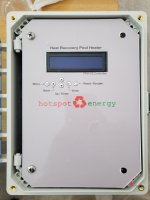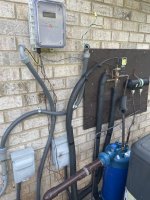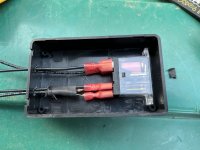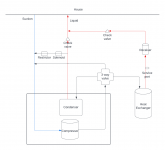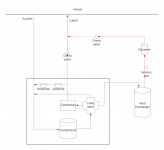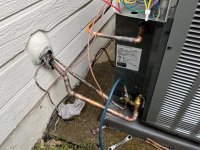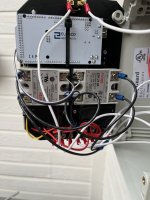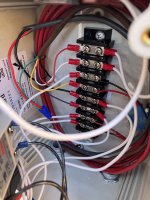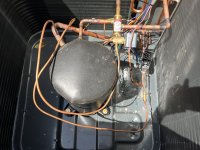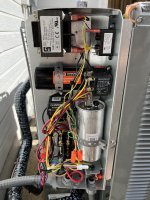I have a pool build under way and am currently planning a Hotspot FPH pool heater install. I received the unit a few days ago and wanted to share a few noteworthy changes/improvements over prior versions:
- There's a new version of the FPH controller (v2) that has a better display and user interface (see attached picture) and is more straightfoward to wire, requiring only a few simple connections.
- The controller no longer requires a separate 120v input. Instead it takes power from a 24VAC transformer connected to your AC condenser's contactor which is easier to install.
- The new controller and instructions allow for an optional flow switch to be easily installed, to disable the FPH if there's no water flow detected
I'm planning to connect the FPH to a Jandy Aqualink by treating it as a solar thermostat using resistors as described by @JamesW here. In the meantime, I'm currently ordering a few misc small parts for the install, which will probably be in a month or so.
- There's a new version of the FPH controller (v2) that has a better display and user interface (see attached picture) and is more straightfoward to wire, requiring only a few simple connections.
- The controller no longer requires a separate 120v input. Instead it takes power from a 24VAC transformer connected to your AC condenser's contactor which is easier to install.
- The new controller and instructions allow for an optional flow switch to be easily installed, to disable the FPH if there's no water flow detected
I'm planning to connect the FPH to a Jandy Aqualink by treating it as a solar thermostat using resistors as described by @JamesW here. In the meantime, I'm currently ordering a few misc small parts for the install, which will probably be in a month or so.
Attachments
Last edited:



